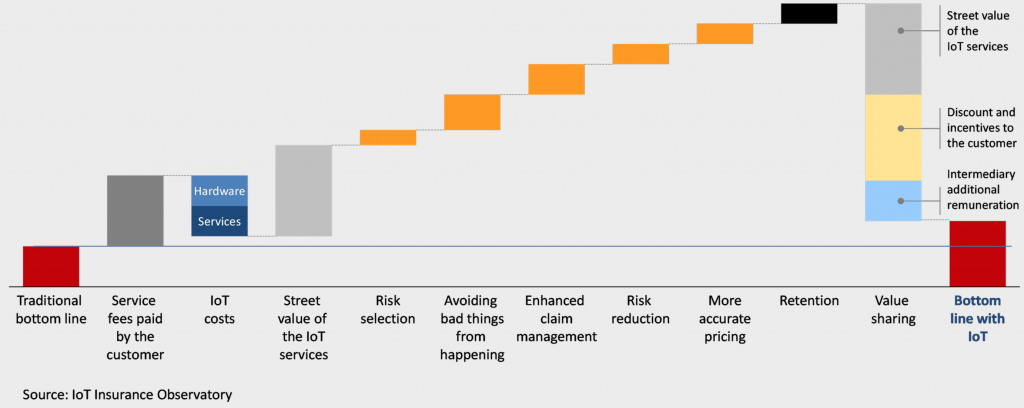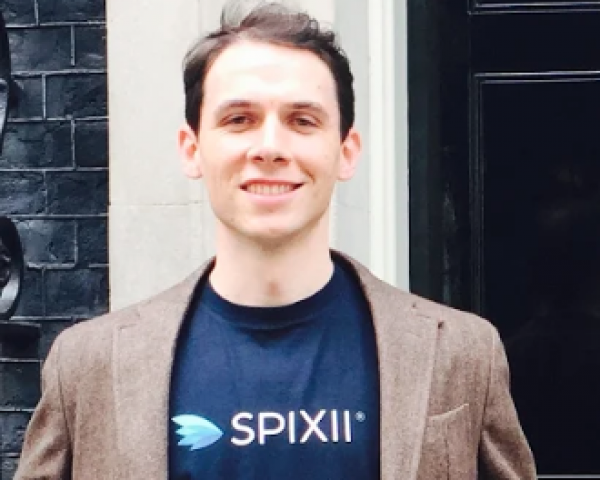At least on the surface, benefits and insurance producers are supremely confident individuals. They believe they are just a bit smarter, a little more clever and particularly more likable than their boring, traditional and not-so-smart competitors. This is at least part of the reason they approach the building of their book of business as a popularity contest; it is why they believe this to be a "relationship business."
Without realizing it, they are building a trap for themselves. Because producers are competing for the title of "most popular," they make relationship development their relentless focus. When they win the occasional deal, their belief is reinforced, and the cycle continues.
It's time to get real
I recognize the importance of a strong business relationship as much as anyone. But it’s essential to keep the relationship in perspective and realize business relationships and social/personal relationships are two different animals. It's not that they can't co-exist, but they have to stand on their own.
In the book "The Go-Giver," Bob Burg and John David Mann explain, “All things being equal, people will do business with, and refer business to, those people they know, like and trust.”
It would be easy to read that statement, focus on the part about people doing business with those they know, like and trust and feel validated. This seems to support the position producers hold on to, that this is a “relationship business.”
Change the rules, change the balance
Of course, you need people to know, like and trust you. However, the most important words in the statement are actually the first four, “all things being equal.” The relationship is nothing more than a tie-breaker.
Most everyone competes on a level playing field. Producers show up with the same spreadsheet and the same list of value-added services and parrot the same promises of excellent service. From the buyer’s perspective, “all things are equal” with every broker -- all brokers look the same to buyers.
The relationship trap leads directly to another fallacy believed by too many producers. Tell me how many times you have heard a producer say, “It takes two or three years to develop a new client.”
This is actually probably true. But it doesn’t have to be. It’s only true because it takes that long to get to the point that a prospect knows, likes and trusts you more than anyone else.
So, what should you do?
Don't let things be equal.
In their book, Bob and John also advise readers how to tip the odds dramatically in their favor. Do the following, and you will find the advantage you have been looking for to grow in a healthier, more predictable and meaningful way.
Deliver more value than anyone else — This doesn’t mean eroding your bottom line. The value doesn't have to, and usually doesn't, come at a financial cost to you. Share ideas and experiences and make introductions that will benefit others. This isn't to be done in some quid-pro-quo fashion; deliver value with no expectations. Also, don't confuse giving away value with working for free.
See also: Do You Know What You Don’t Know?
Deliver value to more people — Delivering value shouldn’t be reserved for active prospects. It also shouldn't be reserved for decision-makers. Deliver value to anyone and everyone as a part of what you do every day. Whether it’s through your blog, social media or any other interaction, make delivering value your primary goal.
Keep others' interests as your primary focus — Stay focused on helping everyone around you be more successful at what they do, and your success is all but guaranteed.
Be authentic at every step — The only way people will eventually come to know, like and trust you is if they are allowed to know the real you first. Sure, some may not like you. That’s life. But nobody will ever trust you if they sense you aren’t being genuine.
Follow the four principles above, and you take the "all things equal" out of the “doing business” decision. Now, when you add in the know-like-trust, magic happens. This potent combination will result in the most substantial business and personal relationships you can imagine.
Deliver value before you meet
You may wonder, “How can I deliver value to someone I don’t even know?” The answer lies in your marketing strategy. Take the time to understand your target audience's goals and needs and make that the focus of your educational content. Do this, and others will find immense value every time they interact with you, even if it's only consuming the ideas you share.
Stop thinking about marketing as a way for you to get more prospects. Instead, recognize that marketing is an opportunity for you to help educate and deliver value to others.
Build on the value when you meet
How does the value continue once you do meet? Build it into your sales process. Your sales process should deliver so much value that others would actually pay for the privilege of meeting with you.
I know this sounds Pollyannaish, but it's possible. Build your sales process on the following foundation, and you will experience it for yourself:
- Start the sales process by taking time to learn what a specific prospect values.
- Make the primary focus of your sales process about analyzing the prospect’s current situation and identifying what is keeping the prospect from having what they value.
- Demonstrate how you deliver similar value to others and explain how you could do it for them.
Stop thinking about your sales process as a way to get people to buy from you. Instead, start thinking of it as a process you offer to ensure others get the value they need. This becomes the key to slaying the “it takes two to three years to develop a new client” beast. Imagine how quickly you could move a motivated prospect to close if you delivered the following:
- When you help a prospect clearly see the potential of a better reality, how long do you think they want to wait to see if they can have it as their own?
- When you guide a prospect through self-discovery to better understand what is holding them back, how long do you think they want to wait to learn how to address those needs?
- Once a prospect is confident in your ability to deliver better results, how long do you think they want to wait to get started?
I can’t give you specific answers, but I can tell you the entire process will be measured in weeks, not years.
See also: Ecosystem-Based Business Models
It's not you; it's them
Stop teasing prospects with a promise of the value you’ll deliver once they become a client. Stop telling them, “You need to hire me to figure out how much value I can actually deliver.” This is effectively what your spreadsheet, capabilities presentation and promises of better services require. I don’t see you winning many popularity contests with that message.
Instead, deliver value at every step – before a prospect meets you, during the sales conversation and in the detailed plan you provide showing how the value will continue to flow.
The more value you give away, the more you will receive in return.



































